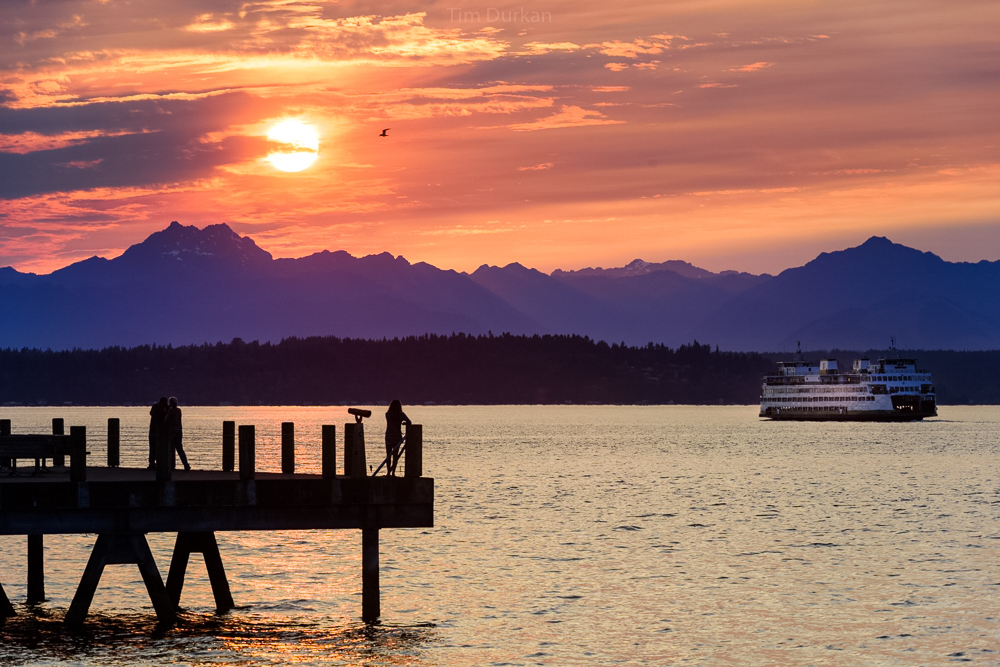
Consider the work it takes to maintain an attractive and healthy garden. Now imagine that the garden is surrounded on all sides by a busy street and each time you try to weed or prune or plant the garden, you have to close a lane of arterial traffic, set up multiple signs and cones, and ferry tools and materials across the city. Next multiply that garden by 110 acres, spread it out over 200 locations and 700 defined planting areas throughout the city, and you begin to see the challenge that the SDOT landscape crew faces every day. With only 12 Gardeners and 2 Irrigation Specialists, the SDOT Landscape and Irrigation crews manage to create beauty, often literally in the middle of the street.
The locations are not only difficult for people-they also challenge the plants. There are few plants that thrive in both the hot, dry summer and soggy conditions in the winter. The fact that most of the landscapes are constrained by curbs, streets and sidewalks, multiplies the effects of heat, cold and wet. The plants have little or no sun or wind protection, water often can’t drain well, and they have no insulation from cold weather. Many plants that could potentially survive summer drying are done in by winter soaking. Plants and irrigation systems are periodically destroyed in vehicle accidents. Unfortunately, some annual and perennial weeds can thrive in these extreme conditions and outgrow more desirable plants. To combat these challenges, the SDOT Landscape Architect’s office picks the toughest plants available, SDOT irrigation works on some landscapes to deliver a limited amount of summer water, and gardeners spread wood chip mulch, which conserves water and suppresses weeds. Gardeners perform routine maintenance on established landscapes-weeding, pruning, edging, and planting as often as their schedules allow. Gardeners also mow lawn areas as needed throughout the summer.
On the Madison St bridge over I5, there is no space for trees or shrubs, but planter boxes, carefully tended by an SDOT gardener, soften the edges and provide bursts of color. On city streets including Sandpoint Way NE, 15th Ave W, Lake City Way, Montlake Blvd NE, Westlake Ave N, Beacon Ave S, Alaskan Way and many others, green medians and landscapes add permeable surfaces and improve views for visitors and locals alike. There simply aren’t enough resources to keep all of these areas as manicured and vibrant as the gardeners would like, but the landscapes provide a visual respite from the street, and improve the trips of the thousands of drivers, pedestrians, and bicyclists who travel the rights-of-way daily. There are approximately 18 Olmsted-designed or inspired boulevards throughout the city, which are managed by Seattle Parks and Recreation. SDOT maintains medians and landscape complexes that are not formally designated as Parks boulevards. Next time you’re travelling through Seattle, take note of the greenspace along the way!



